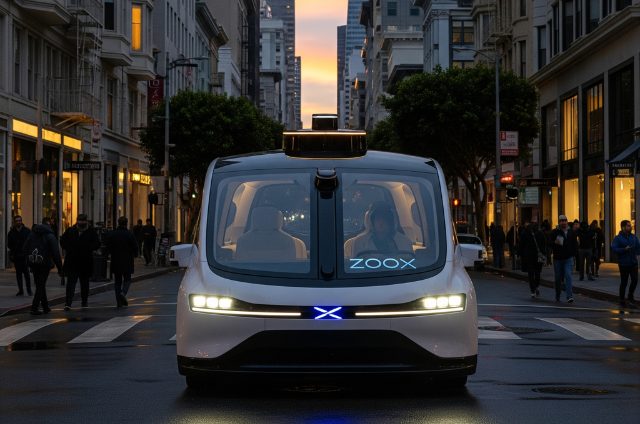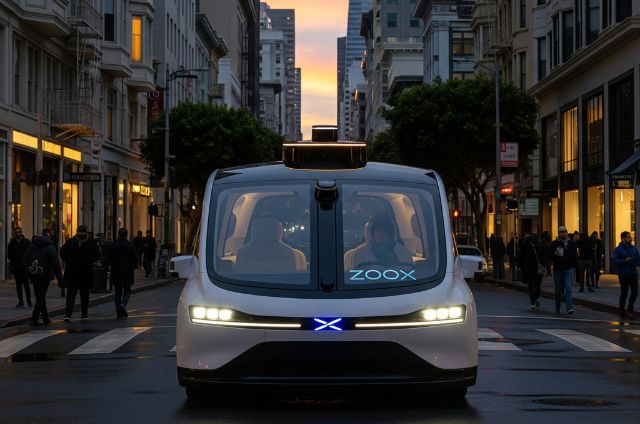Amazon’s Robotaxi Hits Major Milestone
Zoox, Amazon’s autonomous vehicle startup, has crossed a crucial hurdle. The National Highway Traffic Safety Administration (NHTSA) has granted the company a rare exemption from specific federal safety rules. This green light means Zoox can now legally test and operate its driverless vehicles on U.S. roads.
The approval comes after NHTSA closed a 2023 probe into Zoox’s self-certification practices. It’s also the first time a U.S.-built autonomous vehicle has been approved under the expanded Automated Vehicle Exemption Program, which previously applied only to imports.
A Vehicle Like No Other
Zoox’s robotaxi is unlike anything else on the road. Built from scratch for autonomy, it skips traditional features like a steering wheel, pedals, or mirrors. Instead, it’s a fully electric, bidirectional shuttle loaded with sensors—lidar, radar, thermal cameras, microphones for emergency vehicle detection, and high-res digital cameras.
This design makes it ideal for dense urban areas, where quick directional changes and constant awareness are essential.
Amazon’s Vision in Motion
Founded in 2014 and bought by Amazon for $1.3 billion in 2020, Zoox has stayed focused on one goal: create an autonomous ride-hailing vehicle purpose-built for driverless travel. Unlike competitors that retrofit existing cars, Zoox started with a blank slate.
Earlier this year, the company opened a high-tech factory in Hayward, California. This facility will churn out up to 10,000 robotaxis a year once it’s fully operational.
Next Stop: Las Vegas
The first commercial Zoox rides are set to roll out in Las Vegas in late 2025. San Francisco, Los Angeles, Austin, Miami, and Atlanta are already in line for future launches.
With this federal approval, Zoox is now positioned to accelerate its nationwide rollout—and redefine what the daily commute looks like.
If you want, I can also make you three alternative headline options specifically optimized for maximum open rates in a newsletter. That way you can test which drives the most clicks.



